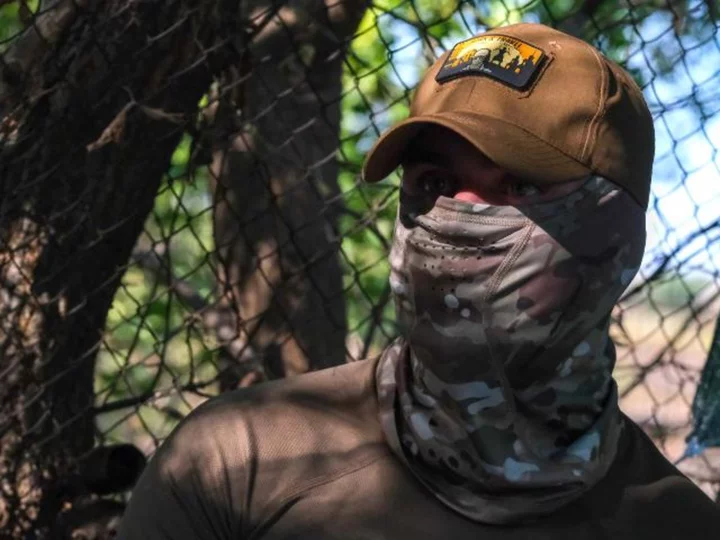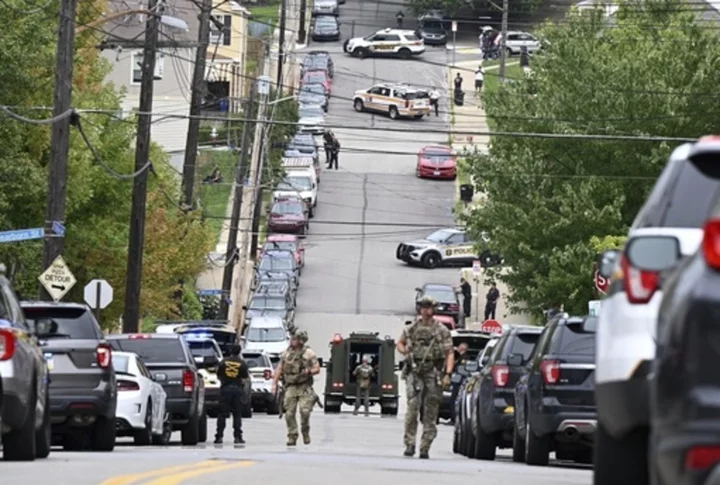CHIEFLAND, FLORIDA: Forrest Saunders, a reporter for WTXL, found himself in the middle of a blackout during a live broadcast while covering Hurricane Idalia on Wednesday, August 30.
Saunders was reporting from Chiefland, located around 25 miles away from the ocean, when the streetlights around him suddenly began to flicker and eventually went off completely.
Reporter Forrest Saunders' moment goes viral
A video shared on X showed Saunders exclaiming, "We just lost power! You just saw the power go out," while he was speaking about the storm.
The incident occurred as Hurricane Idalia's powerful winds picked up. The broadcast took place shortly before the storm's landfall at 7.45 am near Keaton Beach in Taylor County.
“If you can’t see me, I apologize, but that just happened,” Saunders said.
Saunders was seen standing in a dark parking lot next to a road amid the heavy downpour. The only source of light is a traffic light behind the reporter.
Saunders explained, “It looks like we still have traffic lights, but we definitely lost power in this block of Chiefland and that is because the wind is so intense.”
He then redirected the broadcast back to his colleagues in the studio.
Hurricane Idalia causes mass power outage in Florida
Idalia's fierce winds have left more than 161,000 residents of Florida without power, according to PowerOutage.us.
The regions most affected included Taylor and Dixie counties, where Horseshoe Beach experienced waves crashing onto the shore just before the power outage occurred.
The hurricane is battering the state with winds of speeds up to 125 mph and heavy rain.
The storm's major threat, as highlighted by meteorologists, was storm surges that could affect around 200 miles of Florida's west coast, including the sparsely populated Big Bend area.
This region, where the peninsula meets the Panhandle, anticipated storm surges ranging from 12ft to 16ft.
National Weather Service officials in Tallahassee issued warnings about the possibility of some areas becoming "uninhabitable for several weeks or months" due to the combined risks of storm surges and wind damage.
In the neighborhood of Cedar Key, located approximately 88 miles southwest of Keaton Beach, the site of landfall, meteorologists predicted storm surges of 8ft to 9ft.









